Cherry Ong is taking us back to the conservatory at Centennial Park in the Toronto area. Today we’re on a visit to the arid house, which is full of plants from around the world that are adapted to dry and desert environments.
Arid doesn’t mean boring or empty. This conservatory is full of a huge range of forms and plant shapes that fill every inch with something worth looking at.
Ponytail palm (Beaucarnea recurvata, Zones 10–12) is often sold as a houseplant, but given ample space it will grow into a big dramatic plant like this. The swollen trunk serves to store water for dry seasons.
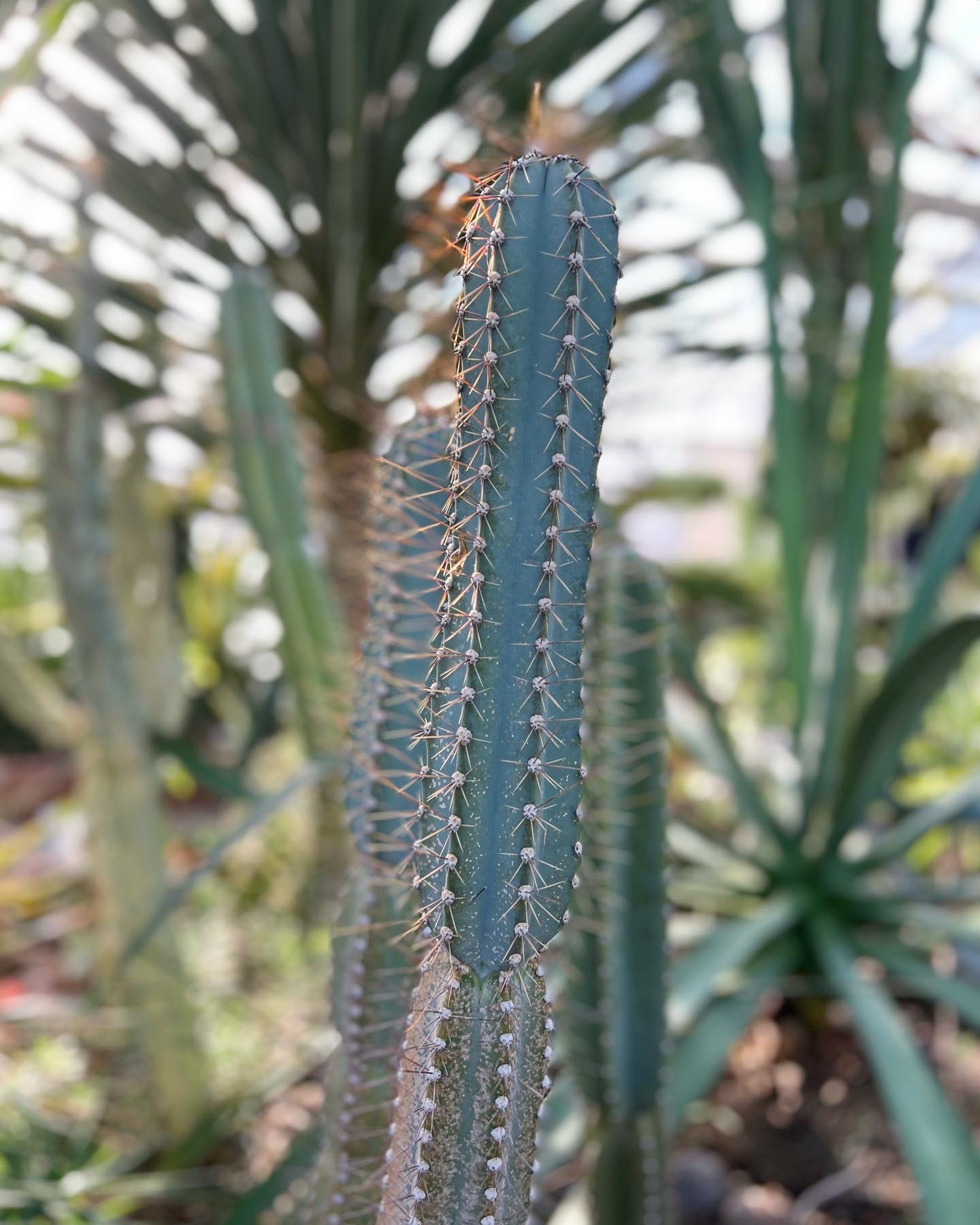 You can’t have an arid house without cacti. This family of plants is native to the Americas. The swollen stems store water, and the spines keep hungry—and thirsty—animals from munching on them. Those practical adaptations also turn them into living sculptures.
You can’t have an arid house without cacti. This family of plants is native to the Americas. The swollen stems store water, and the spines keep hungry—and thirsty—animals from munching on them. Those practical adaptations also turn them into living sculptures.
Mother-of-thousands (Kalanchoe, Zones 10–12 or as a houseplant) has attractive succulent leaves, but these nodding, bell-shaped flowers are beautiful, both when fresh and salmon-orange, and as they age and fade to pink.
Agaves (Agave species, hardiness varies by variety) are another American succulent that is popular in arid displays for their huge leaves, which are often colored blue or even variegated.
The iconic golden barrel cactus (Echinocactus grusonii, Zones 9–12) is hugely popular in dry, warm landscapes but is endangered in the wild due to habitat destruction for agriculture and grazing.
Aloe is an African genus of succulents with many different species, ranging from small rosettes to tall ones like this with their beautiful succulent foliage.
This is a beautiful cactus, which I think is a species of Mammillaria.
A tower of small succulents makes a dramatic statement in the arid house.
Have a garden you’d like to share?
Have photos to share? We’d love to see your garden, a particular collection of plants you love, or a wonderful garden you had the chance to visit!
To submit, send 5-10 photos to [email protected] along with some information about the plants in the pictures and where you took the photos. We’d love to hear where you are located, how long you’ve been gardening, successes you are proud of, failures you learned from, hopes for the future, favorite plants, or funny stories from your garden.
Have a mobile phone? Tag your photos on Facebook, Instagram or Twitter with #FineGardening!
Do you receive the GPOD by email yet? Sign up here.
Fine Gardening Recommended Products
Niteangel Natural Wooden Insect Hotel, Garden Insect House for Ladybugs, lacewings, Butterfly, Bee, Bug
Fine Gardening receives a commission for items purchased through links on this site, including Amazon Associates and other affiliate advertising programs.
The insect nest box provide a safe environment where garden creatures can shelter, hibernate and lay their eggs, the insect house can also keep insects from entering your warm room. The insect hotel makes it easy to find and observe fascinating creatures. the butterfly, bees and ladybugs can use this product as habitat. Dry wood and Bamboo can be home to many insects such as ladybirds and lacewings which eat aphids and help keep your plants pest-free. the insect hotel improve the growth of plants in your yard by attracting beneficial insects. The iron design on the top can keep the insect house from rainwater. Let the insect house have a longer useful life and make the insects more comfortable. If you only have a balcony or yard, the hanging garden shelter is ideal as it provides a choice of suitable habitats in a small area.
Planting in a Post-Wild World: Designing Plant Communities for Resilient Landscapes
Fine Gardening receives a commission for items purchased through links on this site, including Amazon Associates and other affiliate advertising programs.
Featuring gorgeous photography and advice for landscapers, Planting in a Post-Wild World by Thomas Rainer and Claudia West is dedicated to the idea of a new nature—a hybrid of both the wild and the cultivated—that can nourish in our cities and suburbs.
The Nature of Oaks: The Rich Ecology of Our Most Essential Native Trees
Fine Gardening receives a commission for items purchased through links on this site, including Amazon Associates and other affiliate advertising programs.
The Nature of Oaks reveals what is going on in oak trees month by month, highlighting the seasonal cycles of life, death, and renewal. From woodpeckers who collect and store hundreds of acorns for sustenance to the beauty of jewel caterpillars, Doug Tallamy illuminates and celebrates the wonders that occur right in our own backyards. He also shares practical advice about how to plant and care for an oak, along with information about the best oak species for your area.
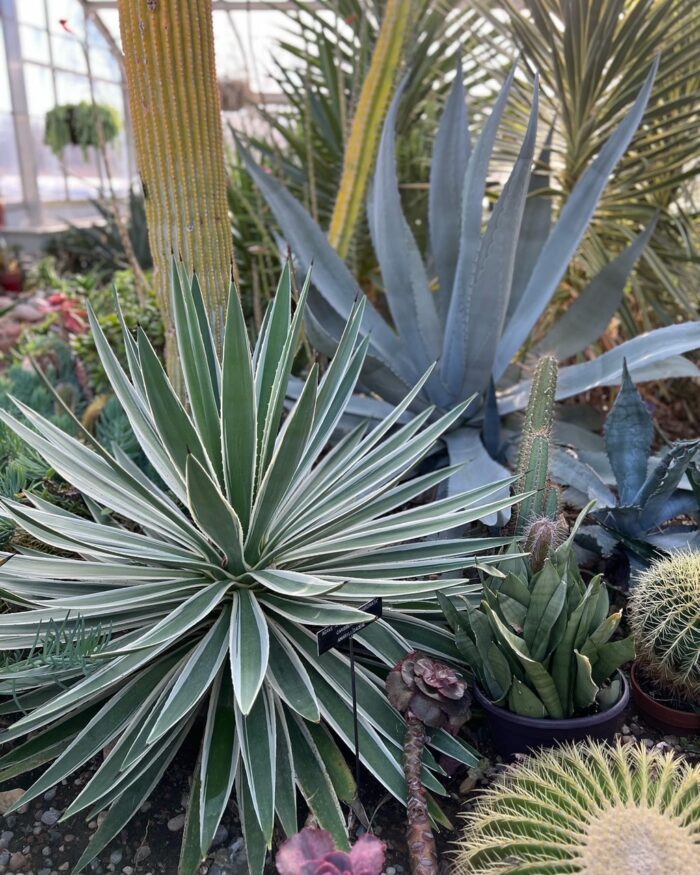
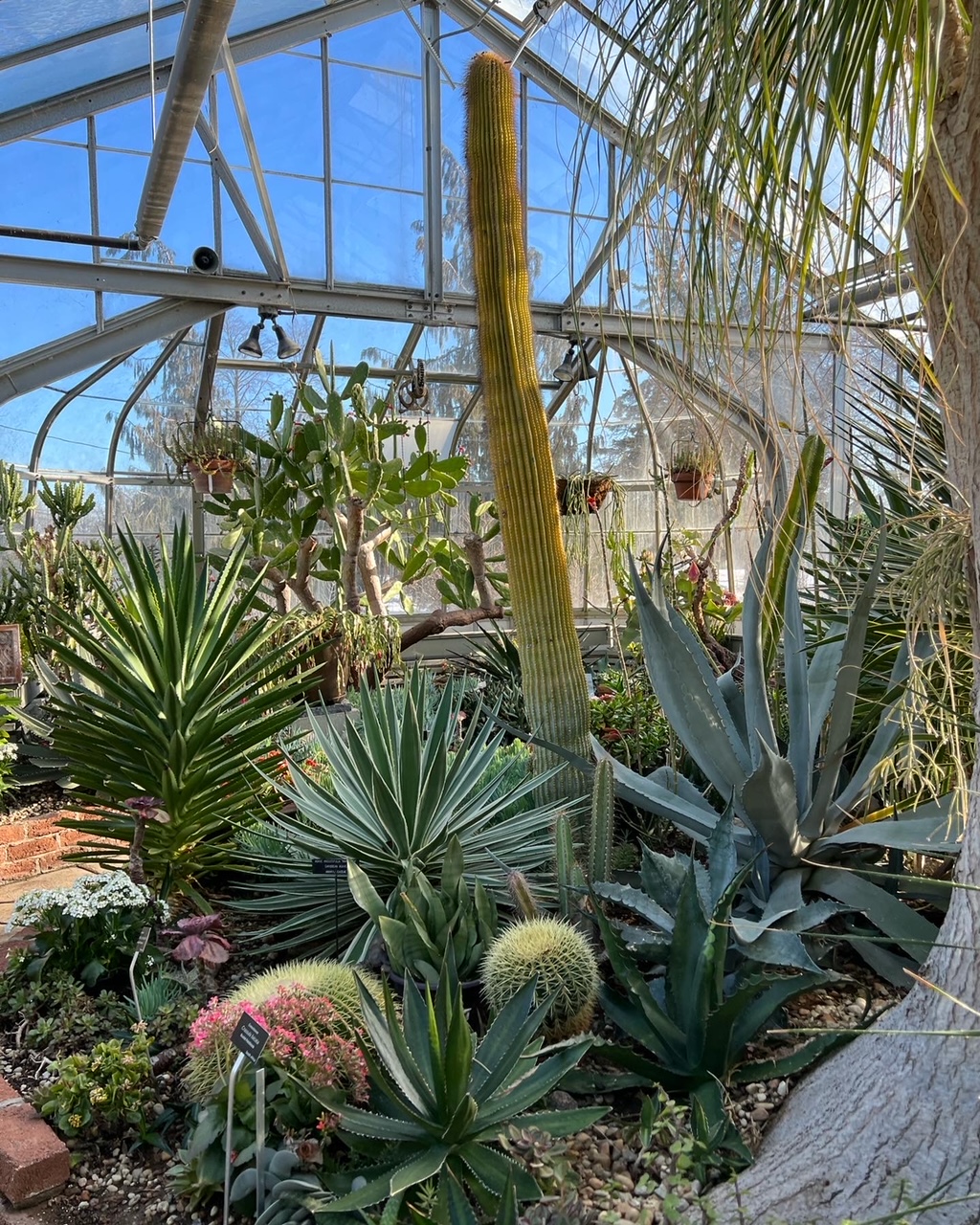
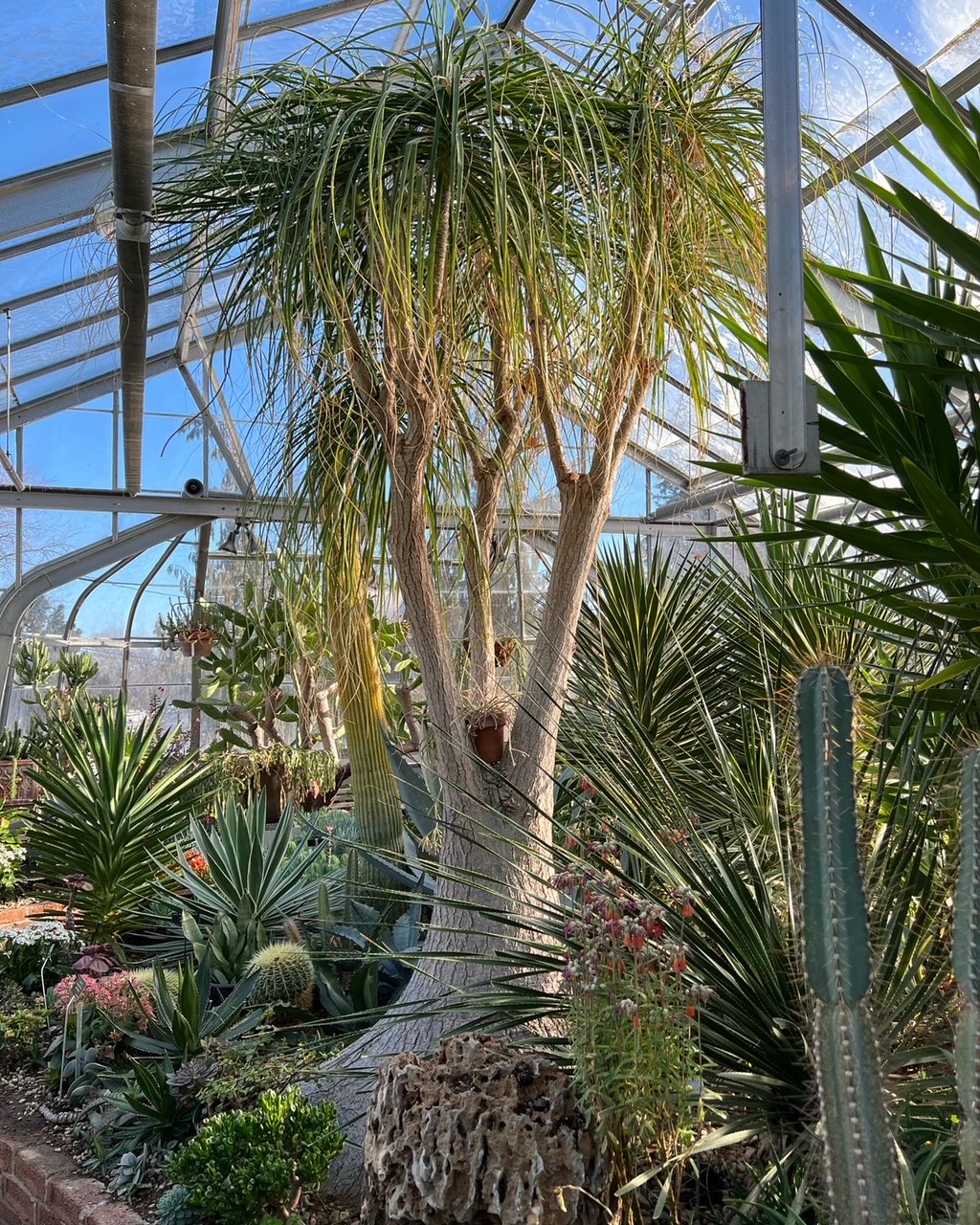
 You can’t have an arid house without cacti. This family of plants is native to the Americas. The swollen stems store water, and the spines keep hungry—and thirsty—animals from munching on them. Those practical adaptations also turn them into living sculptures.
You can’t have an arid house without cacti. This family of plants is native to the Americas. The swollen stems store water, and the spines keep hungry—and thirsty—animals from munching on them. Those practical adaptations also turn them into living sculptures.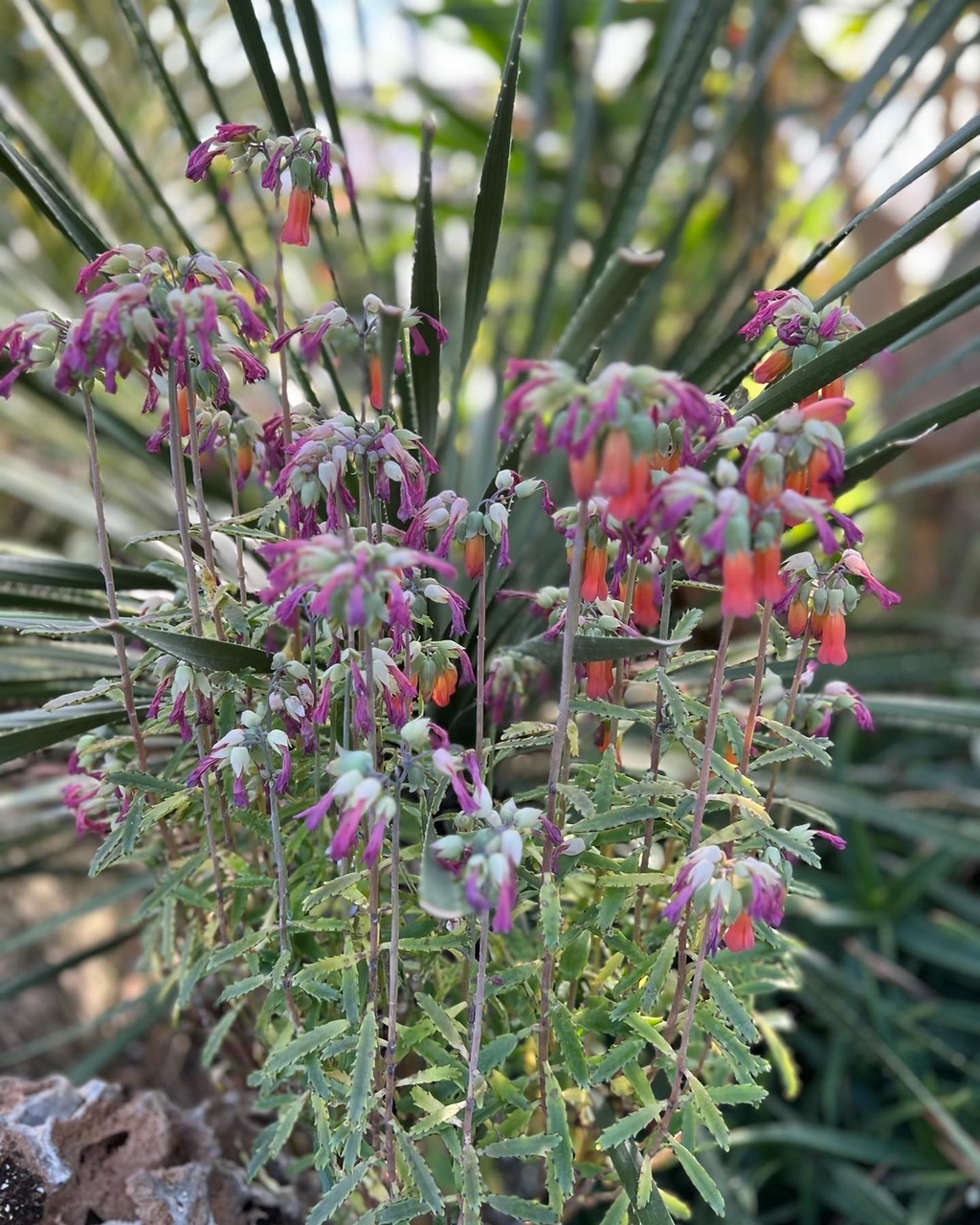
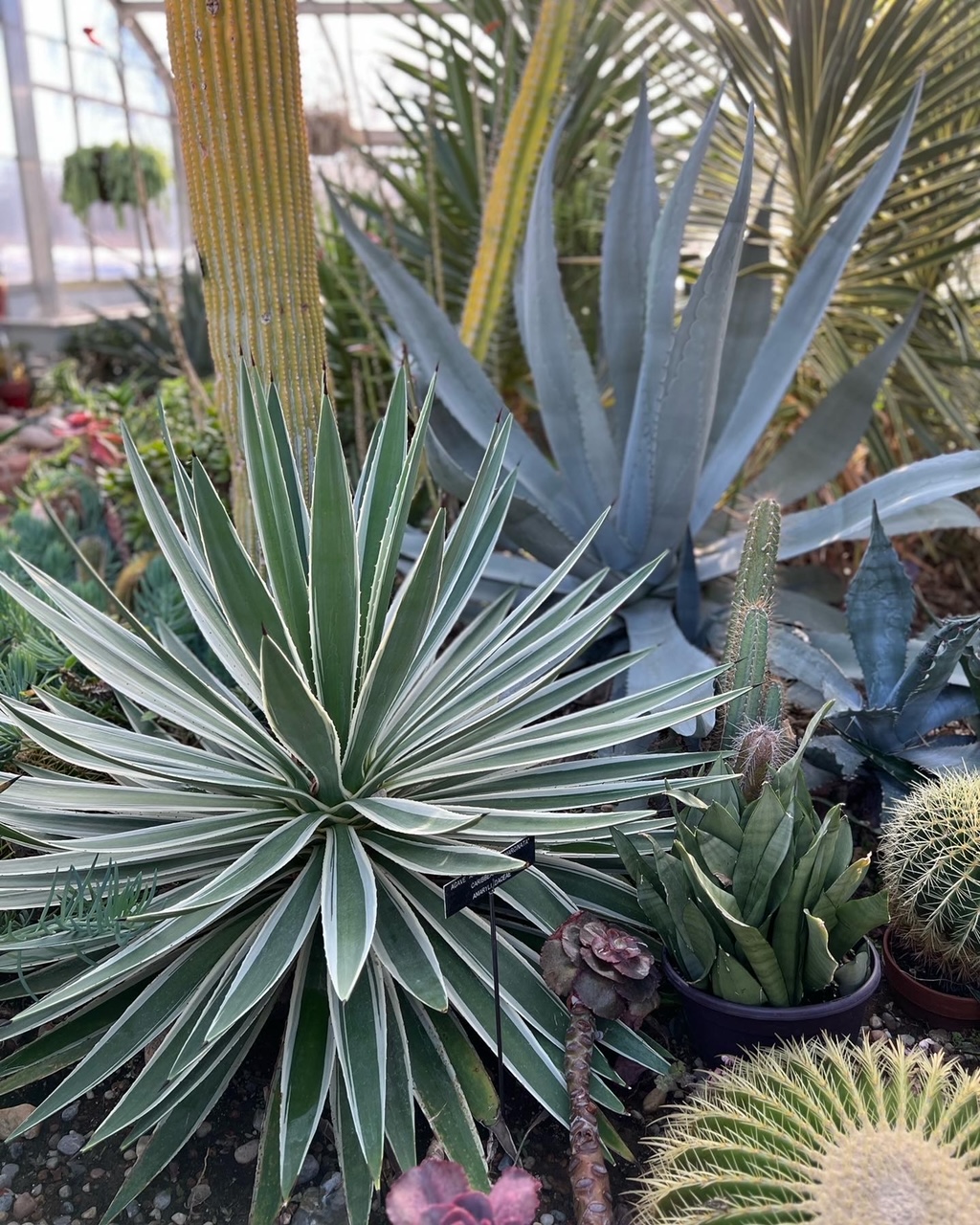
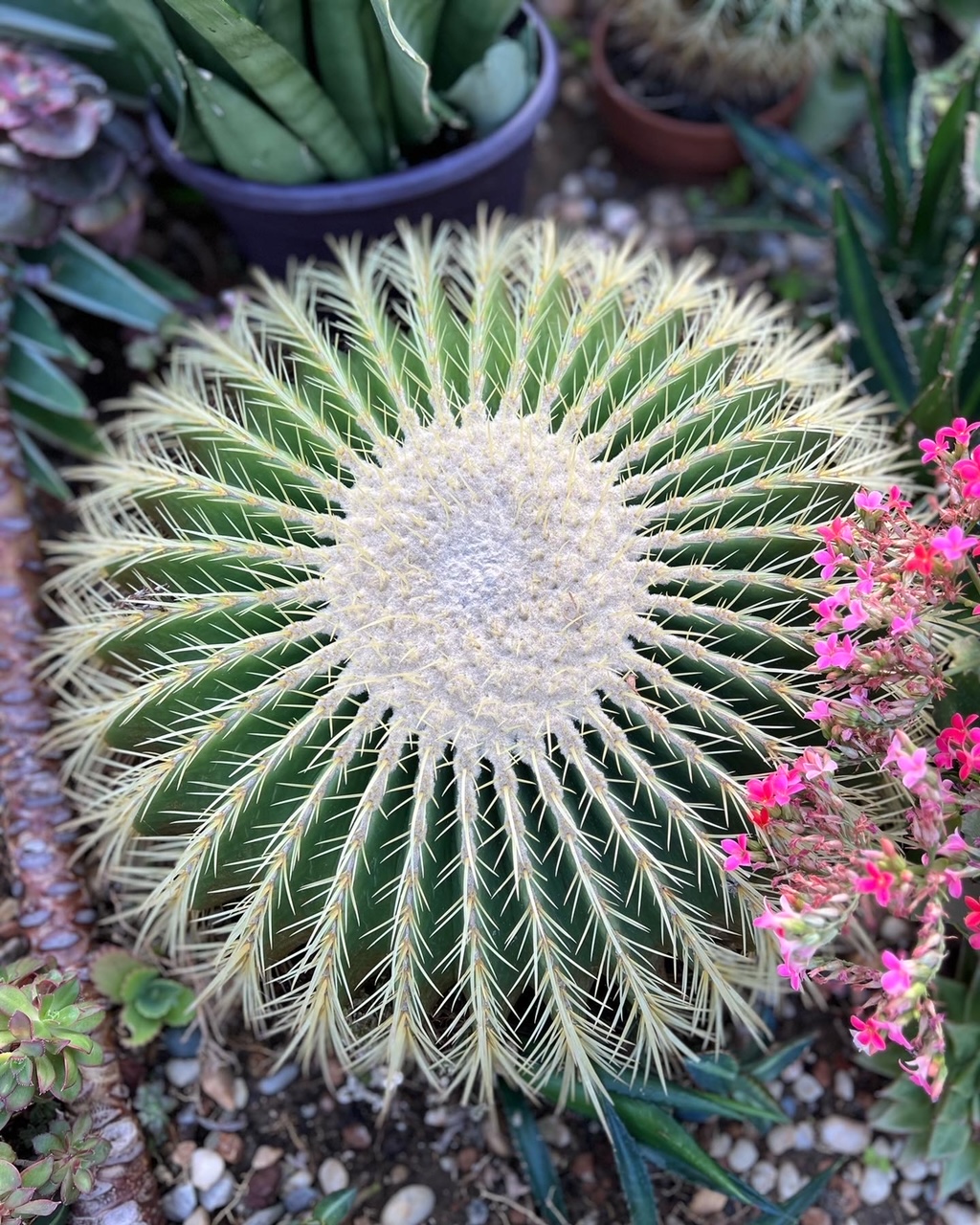


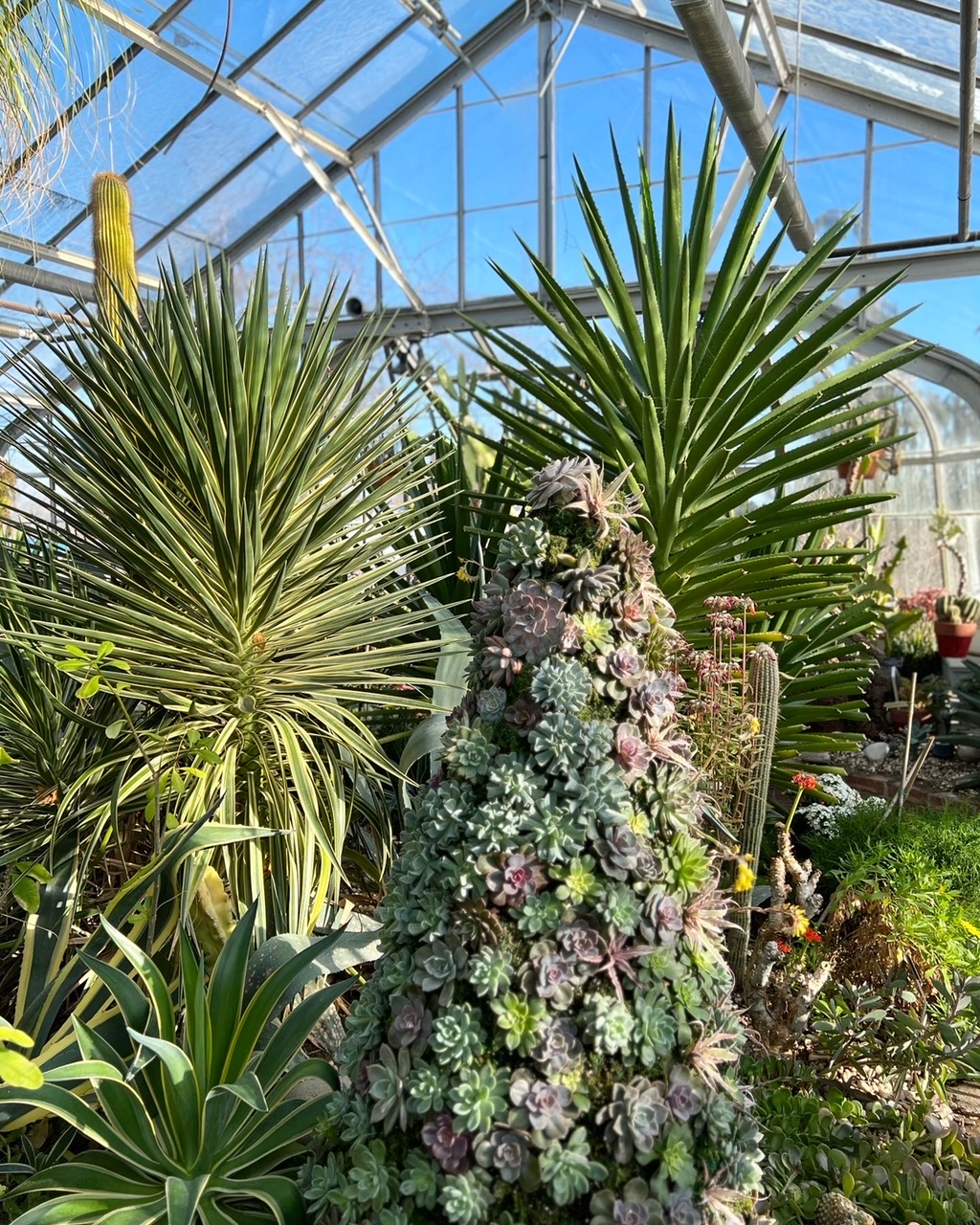
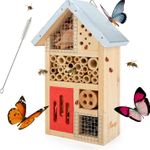
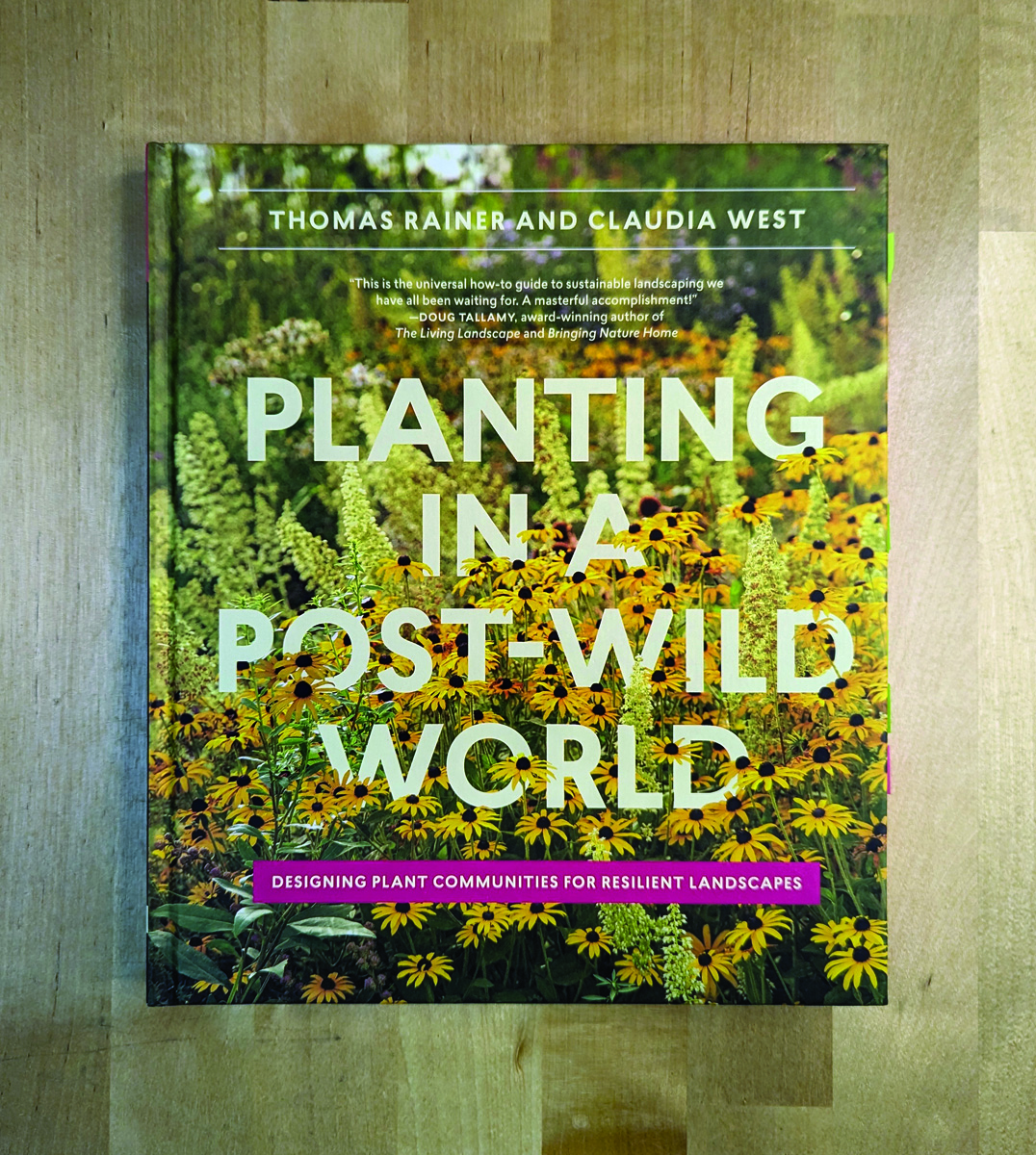
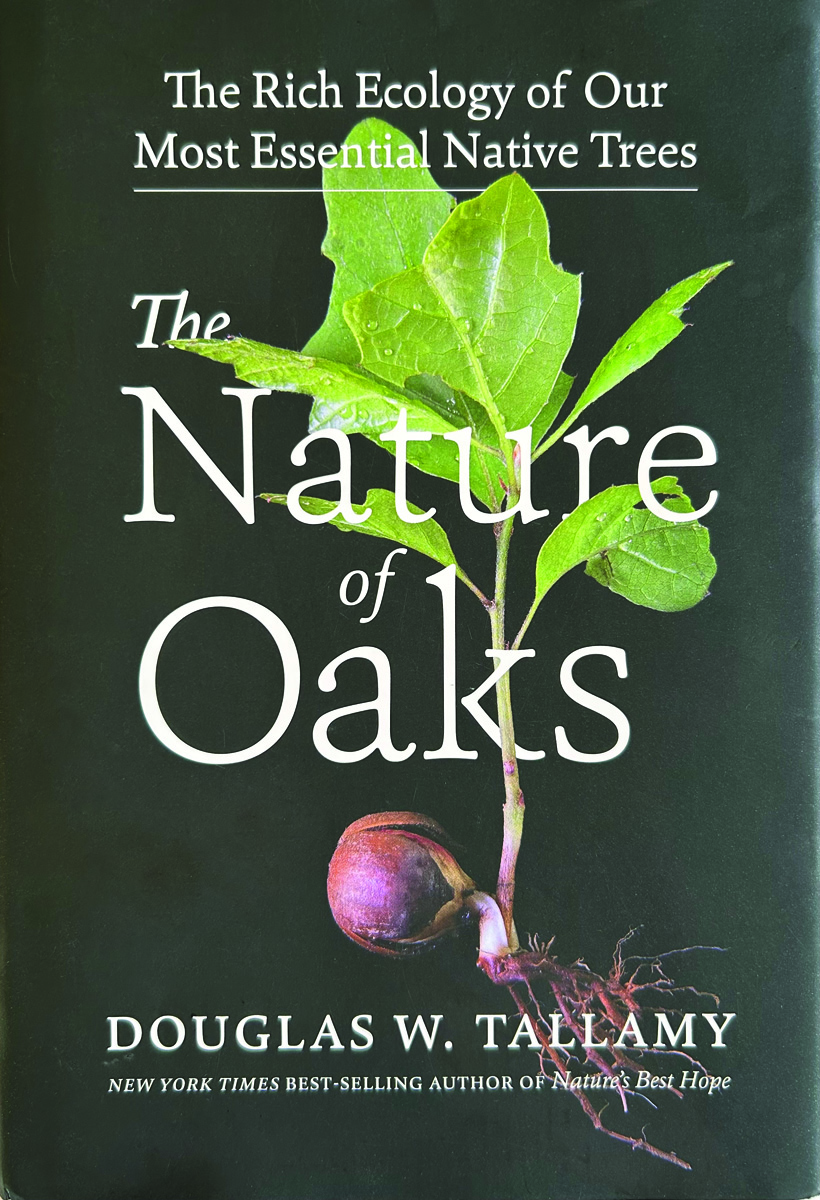


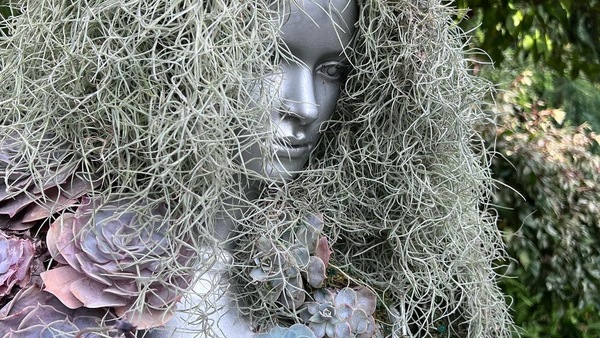
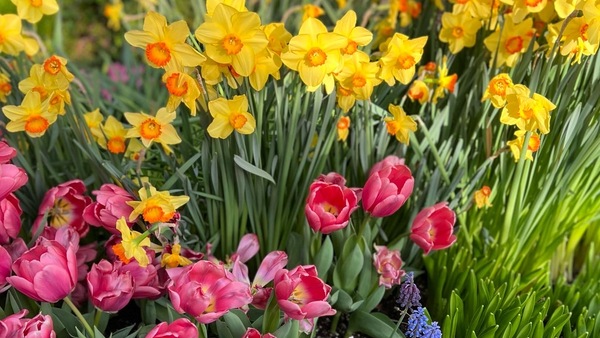


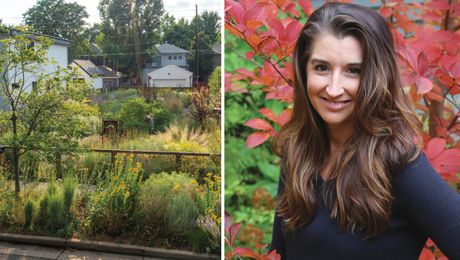
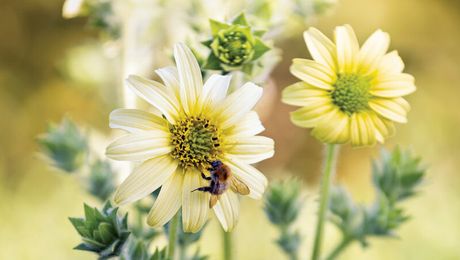


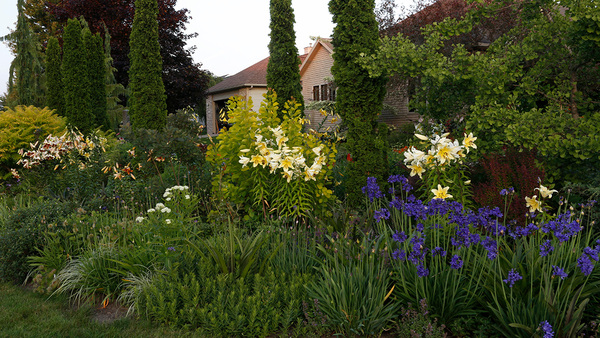




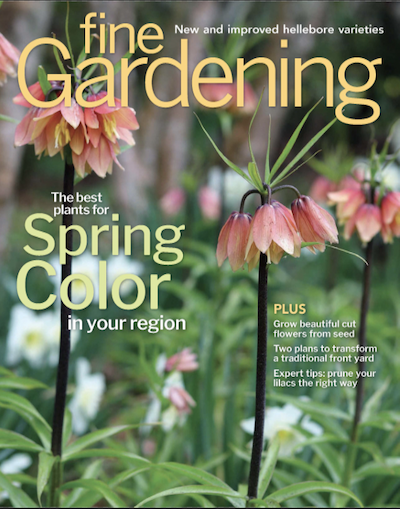


Comments
Very nice . Too bad all plants can't grow everywhere . Nice collection of plants that most don't see in their outdoor gardens . I'm still very much a huge fan of personal outdoor gardens here in the U.S. Overall , we a bang-up "job" with our enthusiasm , which drives creativity and ultimately , great gardens ! Peace from the Mohawk Valley in NY .
Another nice tour, thanks Cherry Ong! Interesting to see how large a Ponytail palm can grow- I've only seen them as houseplants!
The only other place I've seen them tall and large was at Ganna Walska Lotusland. That visit then really heightened my appreciation of them. Sadly, my houseplant remains short.
Fun post Cherry!
Thank you.
Love that succulent tower - lovely!!!
Me too! They had 2 botanical mannequins right at the entrance in the tropical greenhouse. I sent photos to Joseph of those too.
I love this!!!! The many shapes and textures are so amazing and stunning in their beauty and the colors are delightful.
Great Golden Barrel! So squat, sweet & stout. Cacti are fun in how they exist in arid places and are so stalwart against loss of moisture.
Log in or create an account to post a comment.
Sign up Log in